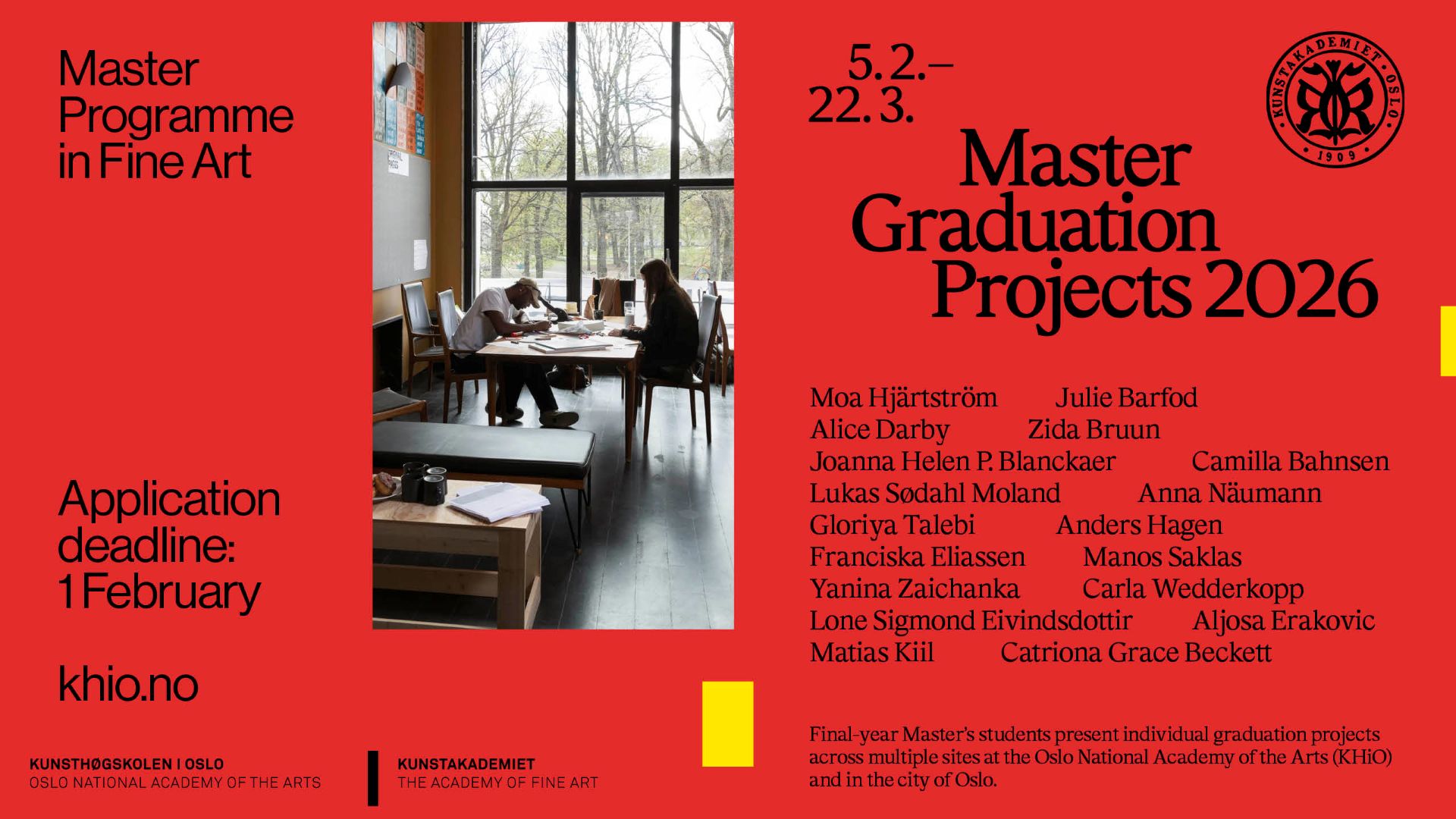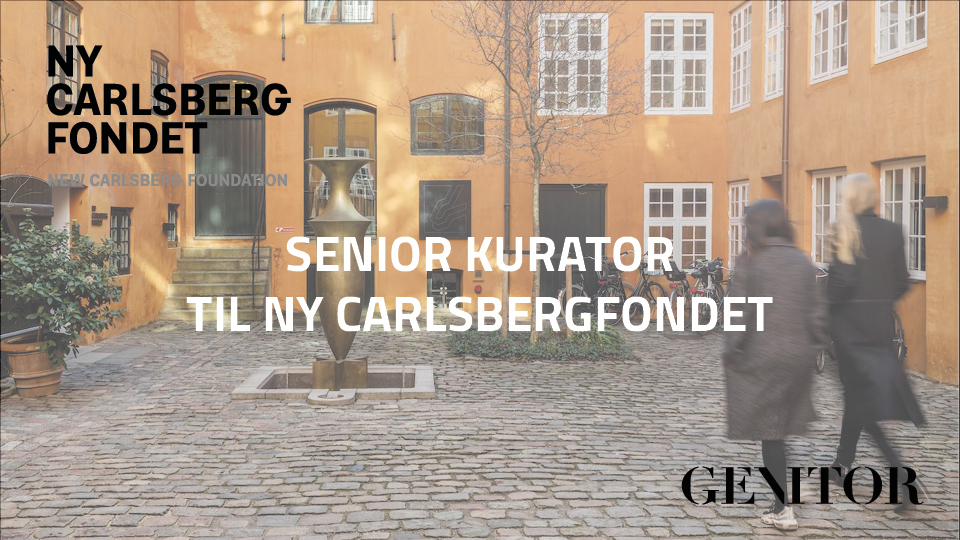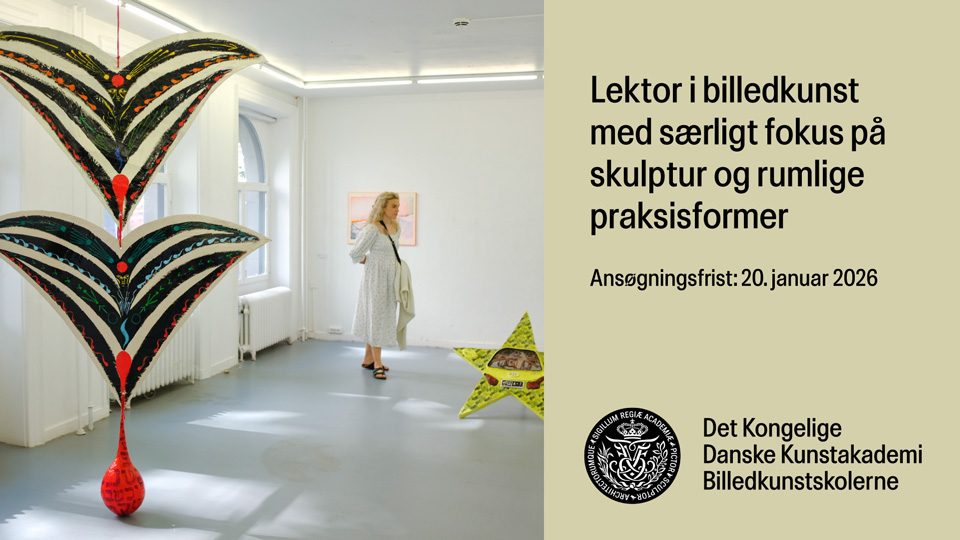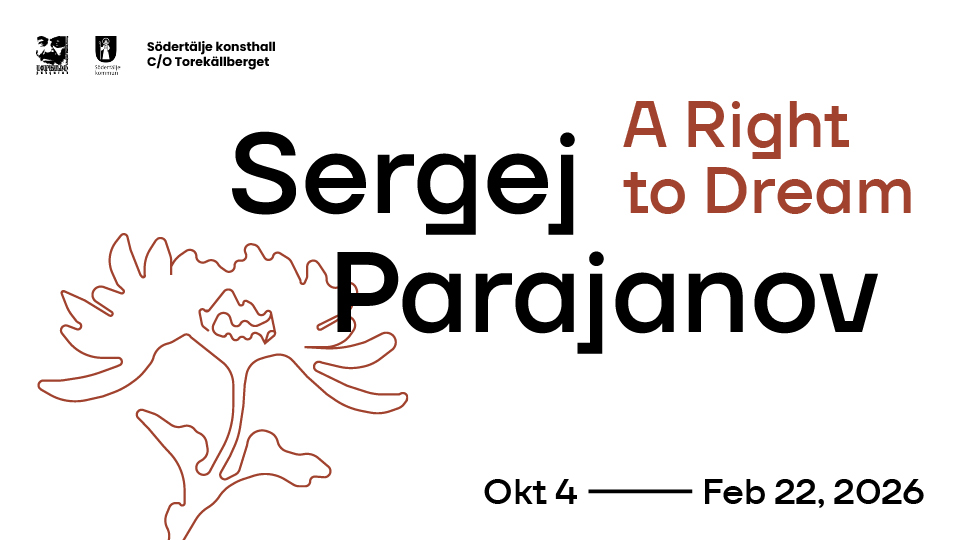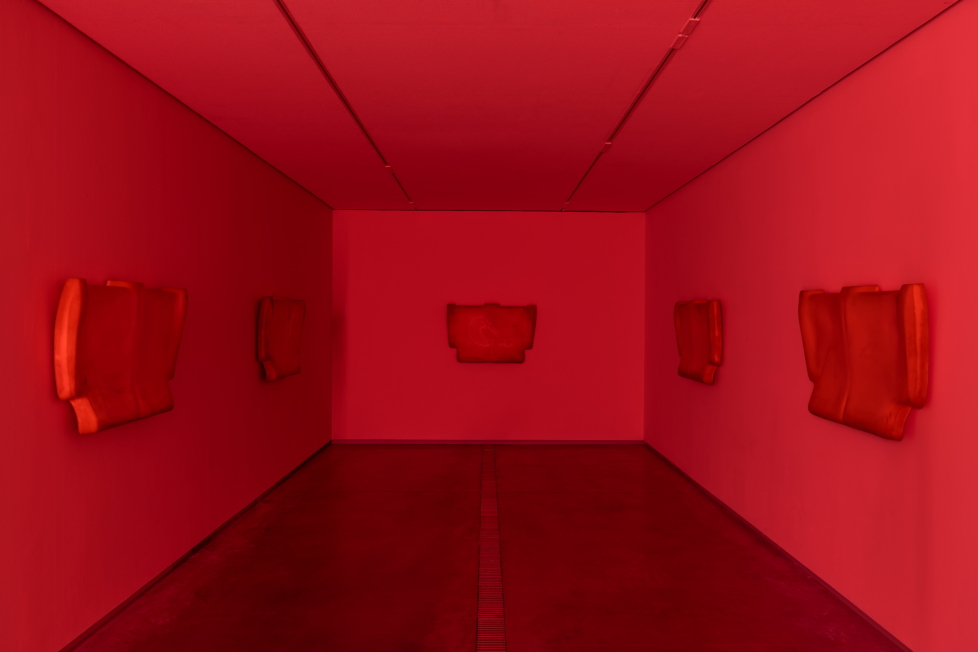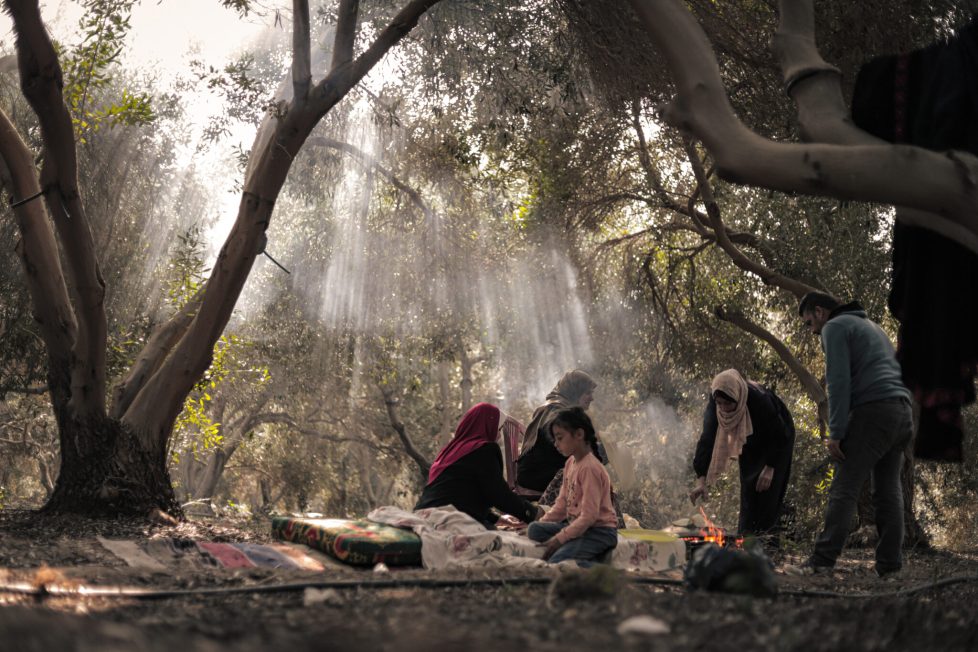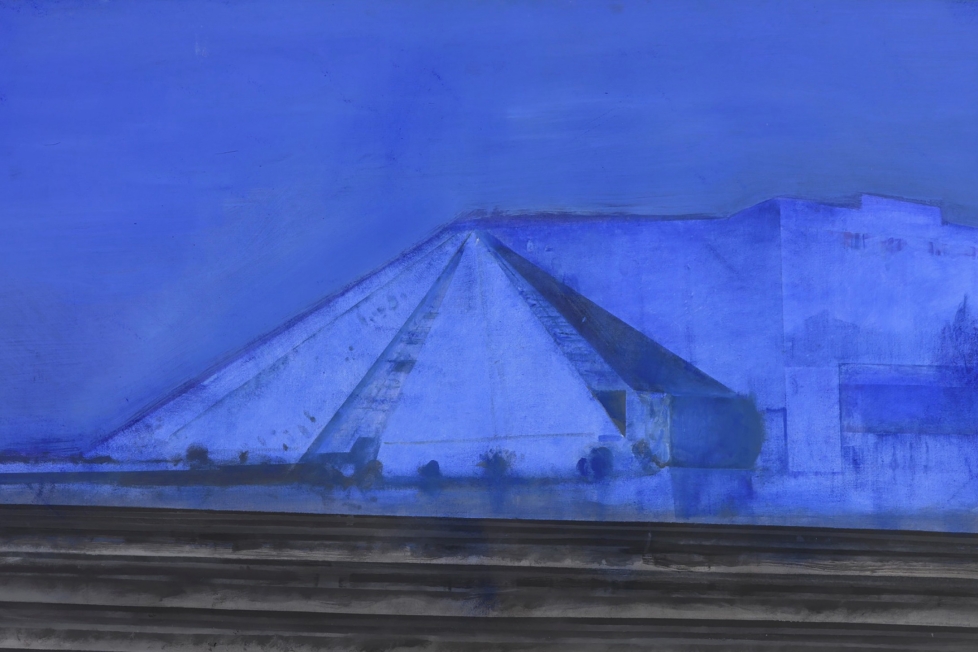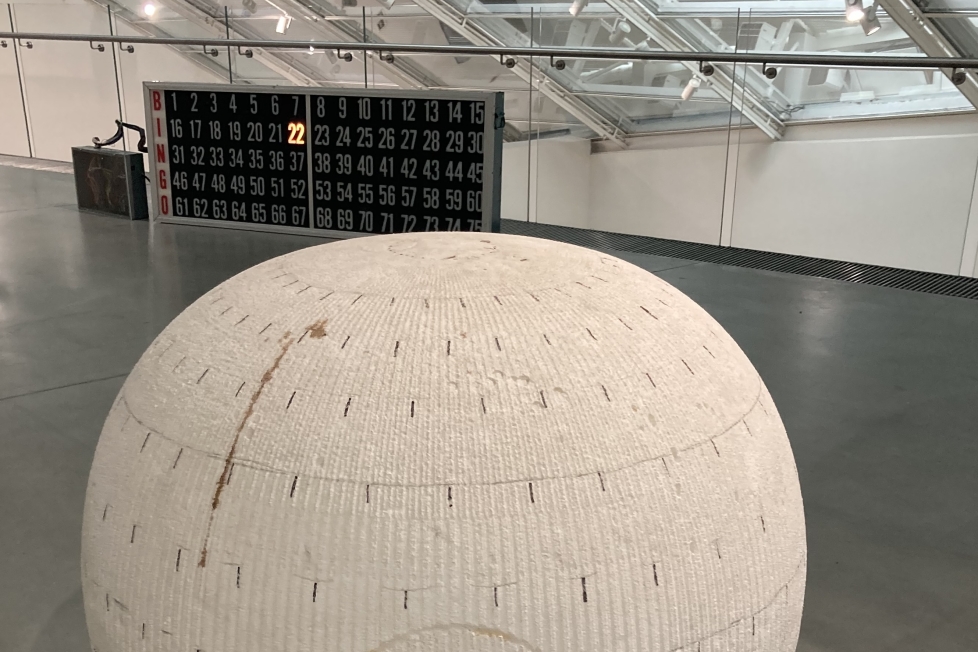
Events in the Danish cultural landscape which include the Ministry for Cultural Affairs, the Royal Danish Academy of Fine Arts and Kunsthal Charlottenborg on the cast list are practically impossible to approach from an objective angle. Since the surprising press release from the Ministry for Cultural Affairs ticked in on 8 March, announcing under the somewhat ambiguous heading “More Young Art at Kunsthal Charlottenborg” that Kunsthal Charlottenborg was to merge with the Royal Danish Academy of Fine Arts (which is housed in the same building complex at Kongens Nytorv), events have snowballed, which is often the case when Kunsthal Charlottenborg is implicated.
Charlottenborg is – like the Danish Folkeskole (primary and lower secondary school) and Danmarks Radio (Danish Broadcasting Corporation) – one of those institutions, about which everyone has an opinion. There are the old artists’ associations who are resentful at the prospect of no longer being able to count on a regular annual exhibition at the art institution as had been the norm for decades until the previous Director and Board put a stop to that privilege. There is the Ministry for Cultural Affairs who advocates more visitors, more visibility, more Danish, more international, more young artists, well actually more of everything – even when there is not the money to go with it. This would also seem to be the case with the daily newspapers where it is the rule rather than the exception that reviews from Charlottenborg take their point of departure in the history of the place. Politiken, in particular, has hurled itself at the case with articles about its turbulent early history, questioning the art gallery’s strained economy (DKK 600,000 annually for exhibitions before income from sponsors) – albeit a fact which the present Director, Mark Sladen, has never attempted to conceal and which he openly refers to in a feature dated 19 March in Politiken.

It has gradually become clear that the preparations for a merger have been underway for some time, engineered by Sladen and the Principal of the Royal Academy of Fine Arts, Mikkel Bogh. But, with the sudden announcement by the Ministry, it looked initially as if the Ministry for Cultural Affairs once more felt the urge to stage a show of strength in relation to an art gallery whose poor audience figures had come under public scrutiny in recent months – which again gave the impression that Charlottenborg’s turbulent history had not come to an end, after all. The last couple of weeks’ media coverage has also subtly implied that Charlottenborg, once again, was doomed. But let us make one thing clear: Mark Sladen is not another Bo Nilsson – the previous Director who was sacked due to fraud and irresponsible financial management, and who never managed to establish an interesting artistic profile.
I realise the difficulties in assessing a professional art profile – and experience has taught me that the question of an institution’s artistic profile ranks low in priority, way below audience figures when assessing an institution, even though the institution without a shred of doubt was underfinanced to start with. Despite this, I believe that it is important to emphasise the core, the art and the professional work with art – which kind of exhibitions have been staged and in which way.
As I see it, we have, during Mark Sladen’s brief management period, actually achieved a Kunsthal Charlottenborg, which is on the right track in relation to what he was originally hired to do, and which we are seriously thirsting for in Copenhagen, as I duly pointed out in a comment two years ago when it became official that Sladen was to be the gallery’s new Director. An international art gallery “with seriously curated exhibitions where art is not just used as more or less random illustrations of a broad subject (like the climate, time, China etc.) – but intelligent exhibitions sending art into play on its own premises where there is a strongly curated idea behind the group exhibitions as well as the retrospective solo exhibitions”.
In March 2011, Kunsthal Charlottenborg opened, after being renovated and having its profile redesigned, with a crashing opening weekend, Palace Party, with performance, music and exhibitions catering for all tastes and, I imagine, audience figures – certainly a diverse audience – leaving nothing to be desired. As much as twenty different Danish and foreign artistic contributions occupied the entire old palace (which, apart from the gallery’s own localities, included the Academy’s assembly hall, the cupola room, the art library, the artist’s residence etc.). Included on the list of artists were e.g. Karl Holmqvist and Simon Fujiwara, some of the most interesting contemporary artists whom you would normally only meet abroad at a host of international biennales. It was pure magic to sit in the dark in the reading room at Danmarks Kunstbibliotek (the Danish National Art Library) and let yourself be seduced by Fujiwara’s legendary performance lecture. As Jacob Lillemose of Kunstkritikk remarked in his comment on the opening weekend: “was there not a common sentiment that something had succeeded, of renewed life in and a new affiliation to Charlottenborg?”

Later on came Corso Multisala – a magnificent group exhibition by New Jerseyy, a Swiss artist collective and one of the most hyped initiatives on the international art scene within the past couple of years, not only showing the new Charlottenborg to be really in the forefront, but also having sufficient courage to enter into a thoroughly researched exhibition project and putting its stakes on something which will only reveal its true significance in several years’ time. One could mention other exhibitions, performance evenings, research programmes and talks where I have experienced a sudden flash of sentiment that, at last, Copenhagen had joined the league. But I would now like to proceed to the autumn of 2011 where Charlottenborg opened the season with the young Danish artist, Nina Beier, and the British artist, Simon Starling, now residing in this country. It was on this occasion that I realised that perhaps one cannot – or do not wish to – have an international art gallery in Copenhagen.
In November 2011 under the headline “Can Charlottenborg Really Afford Such Courage?” Politiken’s critic, Peter Michael Hornung, questioned Charlottenborg’s “exclusive course” with regard to the choice of these particular artists. For most people who follow contemporary art on an international level, Simon Starling is not viewed as exclusive art. Starling has exhibited at most of the world’s most renowned art institutions. Moreover, he has lived in Copenhagen for a number of years and has undoubtedly inspired a large part of the young Danish scene which also ought to vouch for the relevance of this exhibition in the much desired domestic/Danish perspective. Likewise, Charlottenborg received no credit, at all, for exhibiting the otherwise much sought after “young, Danish art” represented by Nina Beier, a young Dane who enjoys huge international success. A very curious review/comment making it sadly clear what Charlottenborg is up against. One thing is what the artists’ associations or the Ministry for Cultural Affairs imagine or expect. Another, how the art editor at Politiken (the Danish newspaper boasting a status of the national, cultural daily) relates – not to the quality of the exhibitions – but to the actual choice of artists/exhibitions, which precisely live up to the expectations about international/established and young/Danish – in other words: which precisely live up to the holy principle of so-called cold and hot exhibitions which most Danish art institutions would swear constitute a recipe for a successful exhibition programme.

This leaves Charlottenborg with very little back-up and an imminent merger whose significance is difficult to make out, apart from the fact that, in future, the graduation exhibition will be taking place at Charlottenborg. One might fear whether the autonomy of the implicated institutions will be preserved and whether the merger will signal financial cutbacks, which will impact even more on the exhibition budget. The fact remains that if this merger is to have any meaning at all, and be a success, then Kunsthal Charlottenborg must continue to be the venue for international contemporary art. For the art gallery to end up as the poor cousin to the Royal Danish Academy of Fine Arts with “cheap” Danish group exhibitions, will be utterly senseless. The Royal Danish Academy of Fine Arts only needs to be linked to – or saddled with – an exhibition venue of this magnitude if the idea is to throw some international light on the Academy, of which it is badly in need.
The crucial question is whether Copenhagen is actually interested in an international art gallery like the one Kunsthal Charlottenborg has been well on the way to establishing and which – despite general mistakes and teething troubles – still has managed to be a place which rouses my curiosity and about which I still wait with baited breath to see what the next move will be. The comment by Politiken’s art editor quite rightly confirms that something is amiss in general public feeling. There’s the saying: with friends like that who needs enemies? When not even the professional art environment wants an international art gallery with high professional artistic standards, it seems decidedly an uphill task.
